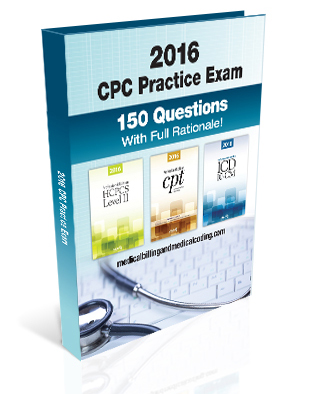By John Phoenix
ASVAB scoring is not as simple and straight forward as you might think. In fact, nothing about it is simple or straight forward. It is a good idea to understand the difference between the ASVAB AFQT and the ASVAB GT before you sit down for the exam.
The ASVAB is actually nine individual subtests covering a range of subjects. That's why they call it a battery (Armed Services Vocational Aptitude Battery). Each subtest is scored individually and plays a different role in the ASVAB process. The ASVAB AFQT ( Armed Forces Qualification Test) is not another test, it's the score of four subtest including Arithmetic Reasoning (AR), Mathematical Knowledge(MK), Word Knowledge (WK) and Paragraph Comprehension (PC). The ASVAB AFQT is your most important score because it is score they use to determine your enlistment qualification.
So the take away here is that those four subjects are the most important. In fact, your ASVAB AFQT score determines whether or not you qualify for any type of enlistment bonus, college plan or college repayment plan.
You will also come across the terms "raw score" , "standard score", "percentile score" and "line score". Again, these are all just scoring interpretations of the nine different subtests. Traditional tests scores are reported as a percentile which is the number of right answers divided by the total number of questions times 100. The ASVAB calculates it differently. The ASVAB percentile score is a comparison of your score in relation to everyone else score. The highest ASVAB score in terms of percentile is 99. This means you did better than 99% of the other people who took the test.
What most people refer to as their ASVAB Test Scores is actually the ASVAB AFQT score which is typically represented in percentile form with the following minimum requirements for enlistment. Based on your score, you are put in a category. The military limits the number of people they take from the lower categories based on their enlistment needs.
Category I 93-100% Outstanding
Category II 65-92% Excellent
Category IIIA 50-64% Above Average
Category IIIB 31-49% Average
Category IVA 21-30% Below Average
Category IVB 16-20% Markedly Below Average
Category IVC 10-15% Poor
Category V 0-9% Not Trainable
Raw scores are the number of points you get on each subtest. Each question is worth a different number of points based on its difficulty level. Hard questions are worth more points than easy questions. The standard score is actually a conversion of the raw score based on standard distribution of scores with a mean of 50.
Line scores determine which military jobs you qualify for. Various combinations of all nine subtests are considered in the Line Score requirements for each job assignment. Every branch of the military looks at line scores a little bit differently.
For example, the ASVAG GT or General Technical is an Army line score which is calculated as the Verbal Expression (VE) score plus the Arithmetic Reasoning (AR) score. The VE is calculated from the Word Knowledge (WK) and Paragraph Comprehension (PC) score. Yes, it is confusing but that's how it is done.
For study guides, free practice tests [http://www.study-asvab.com] and further guidance to increase your ASVAB score visit [http://www.study-asvab.com] We also have more information on the line scores broken down by Army, Navy, Air Force, Marines and Coast Guard.
Article Source: ASVAB Scoring - What to Make of Your AFQT and Line Scores

No comments:
Post a Comment